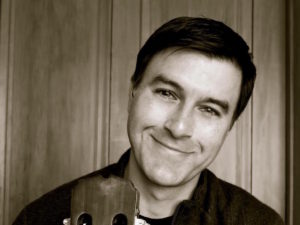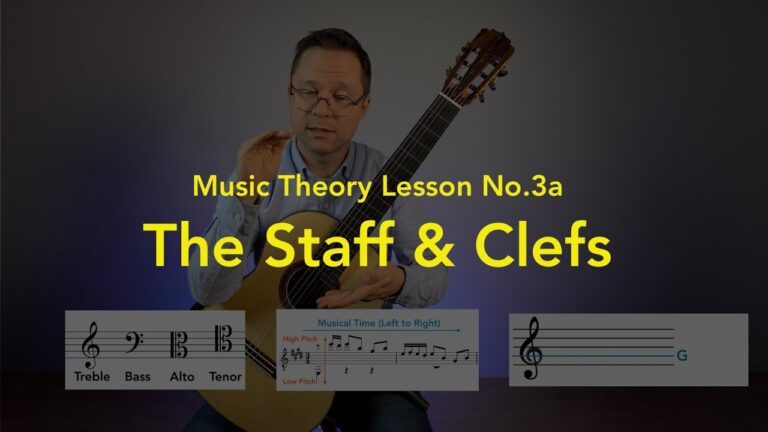Guest Lesson: Aural Refocus by Leo Garcia
Visit his blog for more great lessons: Six String Journal
I would argue that we all find pleasure in the ability to play fast. Whether as an accurate measure of our finger fitness, a tool to facilitate expressivity, or simply a measure of self-worth, speed has its purpose in our practice. So in addition to using the tried and true tools (metronomes, bursts, and rhythms) to build speed from the ground up, I’m always searching for new ideas to increase speed in the practice room.
Today I’d like to share an interesting technique that I have found truly helpful for those who have exhausted the more traditional methods, and since I have not found any reference to it in the literature, I’ll name it aural refocus. Its purpose is to refocus our hearing on the larger beats in the context of the whole physical movement and then maintain the focus while gradually adding in the rest of the physical movement’s elements.
One way to think of it would be to focus on the larger beats within a pattern or movement and then “feed in” the rest of the notes while retaining attention on the larger concept and rhythmic feel. In theory, we must be able to perform the larger movements in time—but we rarely do so because we feel limited by all the minutiae that a particular movement demands. With a lot of work, patterns that undergo the aural refocus treatment benefit from a boost in speed while retaining their rhythmic integrity and stability.
Here’s an example to walk you through the steps of applying aural refocus to a common right hand arpeggio pattern:
- Set the metronome to an ambitious tempo (120–144/bpm per quarter note) and keep it constant through the next four steps.
- Play only the fingers indicated, do not play small notes, think slowly, and feel the larger beat in the right hand.
- Play through each step for at least a minute.
Step 1: Focus on the eighth note.

Step 2: Then, complete the movement while focusing on the feel of the previous step.

Step 3: Alternate between motions to refocus the ear and feel the larger beat.

Step 4: Studied from a slightly different rhythmic angle, try feeling the triplet within the main beat.

Step 5: Then, as before, complete the movement while focusing on the previous step.

Step 6: And, finally, alternate between both motions.

Here’s another example of the concept applied to what should be a very familiar right hand arpeggio pattern. I use Andres Segovia’s suggested fingering for this example but if you play this pattern differently use your favoured pattern.
Set the metronome to an ambitious tempo (144+/bpm per quarter note or, preferably, 72+/bpm per half note) and keep it constant through the next four steps. Play only the fingers indicated, do not play small notes, think slowly, and feel the larger beat in the right hand. Play through each step for at least a minute.
Step 1

Step 2: Add in the fingers indicated.

Step 3: Add in the fingers indicated.

Step 4: Then, finally, complete the movement.

Rotate through the steps several times to refocus the ear on the larger beat.
Hope this helps all of you dedicated guitarists break through some practice plateaus!
Leonardo Garcia
Described as “a faithful interpreter of Mangore’s musical art” by Alirio Diaz and as “intelligent, musical, and technically impeccable” by Eliot Fisk, award-winning classical guitarist, lecturer, and educator Leo Garcia holds several graduate degrees in music from both Yale University and The New England Conservatory of Music. He is the founder of the national music education program KinderGuitar and the blog for aspiring guitarists Six String Journal, and can often be found running the trails of the San Francisco Bay Area. His Complete Guide to Technical Development on the Guitar will be available in the fall of 2016.






Very interesting. Your concept makes a lot of sense to me. Incidentally, I am a pianist, not a guitarist.